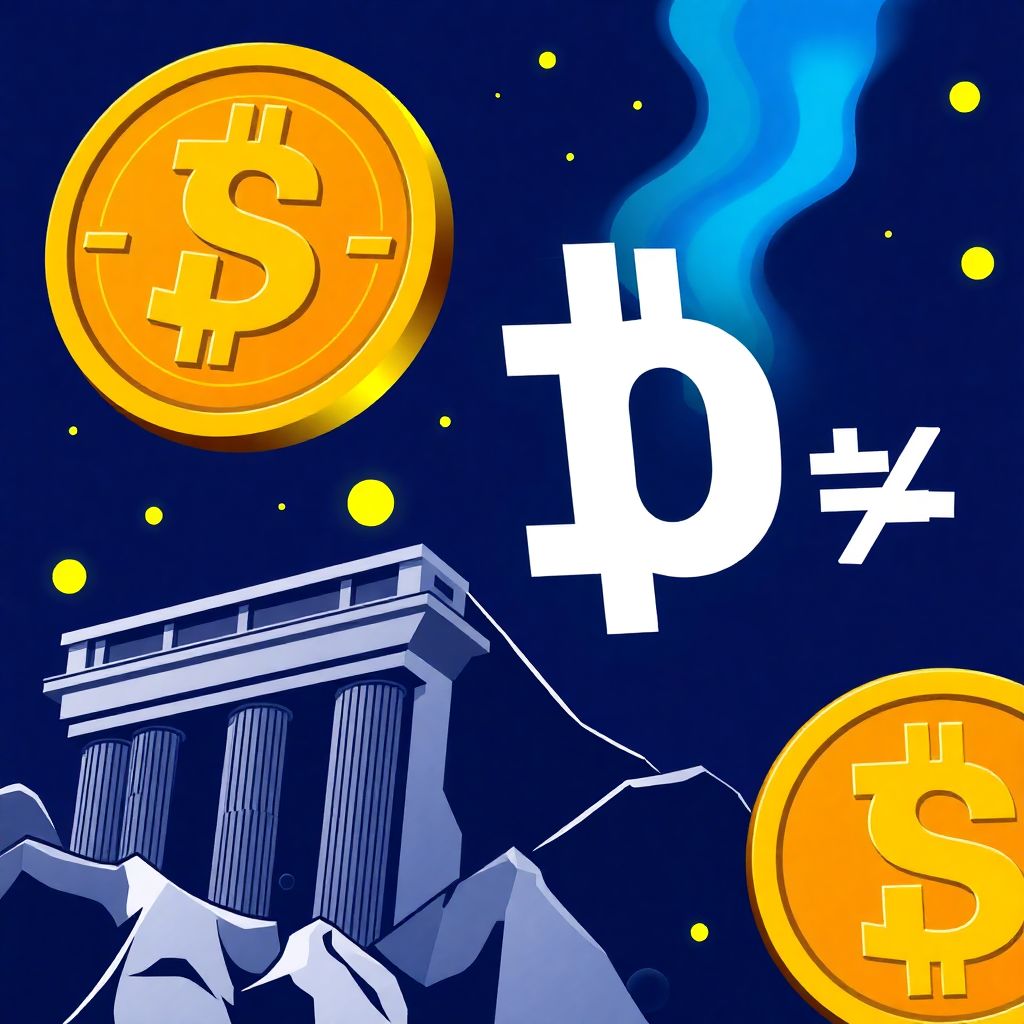Spark reallocates $100 million from its reserves into Superstate’s Crypto Carry Fund in response to diminishing yields from U.S. Treasury securities—a strategic pivot aimed at maintaining high returns and strengthening its financial infrastructure within the decentralized finance (DeFi) landscape.
The investment is designed to harness the 9.26% yield currently offered by Superstate’s market-neutral arbitrage strategy. This approach exploits the pricing disparities—commonly referred to as “basis”—between spot prices of cryptocurrencies like Bitcoin (BTC) and Ethereum (ETH) and their futures contracts, particularly those traded on the Chicago Mercantile Exchange (CME). This kind of carry trade allows investors to lock in returns with reduced directional exposure to asset price volatility.
The $100 million allocation represents a notable shift in reserve management for Spark, which maintains a $9 billion reserve backing its USDS stablecoin. With traditional Treasury yields falling to six-month lows, funds like Superstate’s are becoming increasingly attractive to DeFi protocols and stablecoin issuers that have historically relied on tokenized T-Bills for yield generation. As a result, Spark is proactively diversifying its reserve strategy to ensure it can continue offering compelling returns to users, especially those participating in its sUSDS savings product—currently financed through protocol-generated revenue.
This move is consistent with Spark’s broader strategic posture. Earlier in the year, Spark committed over $1.1 billion to Ethena’s USDe and sUSDe products, marking one of the largest stablecoin investments in the ecosystem. Additionally, the protocol invested $25 million into Maple Finance’s lending pools and launched a $1 billion Tokenization Grand Prix, aimed at accelerating the mainstream adoption of tokenized assets in decentralized markets.
Spark’s latest reallocation not only signals a shift in asset preference but also reflects a wider trend within DeFi: the search for yield in a tightening macroeconomic environment. As U.S. Treasury yields continue to compress, DeFi protocols must identify alternative sources of return that balance both risk and reward.
The 9.26% yield offered by Superstate’s fund greatly outpaces the yield on short-term Treasuries, which have been declining due to a mix of macroeconomic factors including Federal Reserve policy adjustments and market expectations of future interest rate cuts. For protocols managing large stablecoin reserves, this drop in yield threatens the sustainability of incentives and rewards that attract liquidity and user participation.
Moreover, the basis trade strategy employed by Superstate is particularly well-suited for institutions like Spark. By engaging in delta-neutral positions—simultaneously going long on spot assets and short on futures—Superstate can deliver consistent returns without exposing investors to the full volatility of the crypto market. This makes it a relatively low-risk, high-efficiency option for protocols aiming to generate yield while preserving capital.
Spark’s active rebalancing of its treasury also underscores a maturing approach to risk management. Diversifying out of traditional government-backed instruments into crypto-native financial products reflects growing confidence in the infrastructure and reliability of decentralized markets. This could inspire similar moves from other DeFi players, especially as more institutional-grade products become available.
In the broader context, Spark’s investment highlights the increasing intersection between traditional finance and crypto-native strategies. It also demonstrates how DeFi protocols are evolving into sophisticated financial entities capable of managing multi-billion dollar treasuries with the same prudence and foresight as traditional asset managers.
Looking ahead, the success of this allocation will likely depend on market conditions and the continued execution of Superstate’s arbitrage strategies. If the fund consistently delivers on its projected yield, it could pave the way for further investments from other key players in the ecosystem.
Additionally, the move may accelerate the adoption of crypto carry funds as a mainstream reserve management tool. As more data becomes available on the performance and reliability of such funds, other protocols and even traditional financial institutions may begin to explore similar strategies to hedge risk and enhance yield.
Finally, Spark’s decision reinforces the growing importance of inventive treasury management in the DeFi sector. With regulatory landscapes shifting, macroeconomic conditions evolving, and user expectations rising, protocols must stay agile—constantly seeking novel opportunities to sustain long-term growth and stability. Spark’s partnership with Superstate may well be a blueprint for the next phase of decentralized finance.

